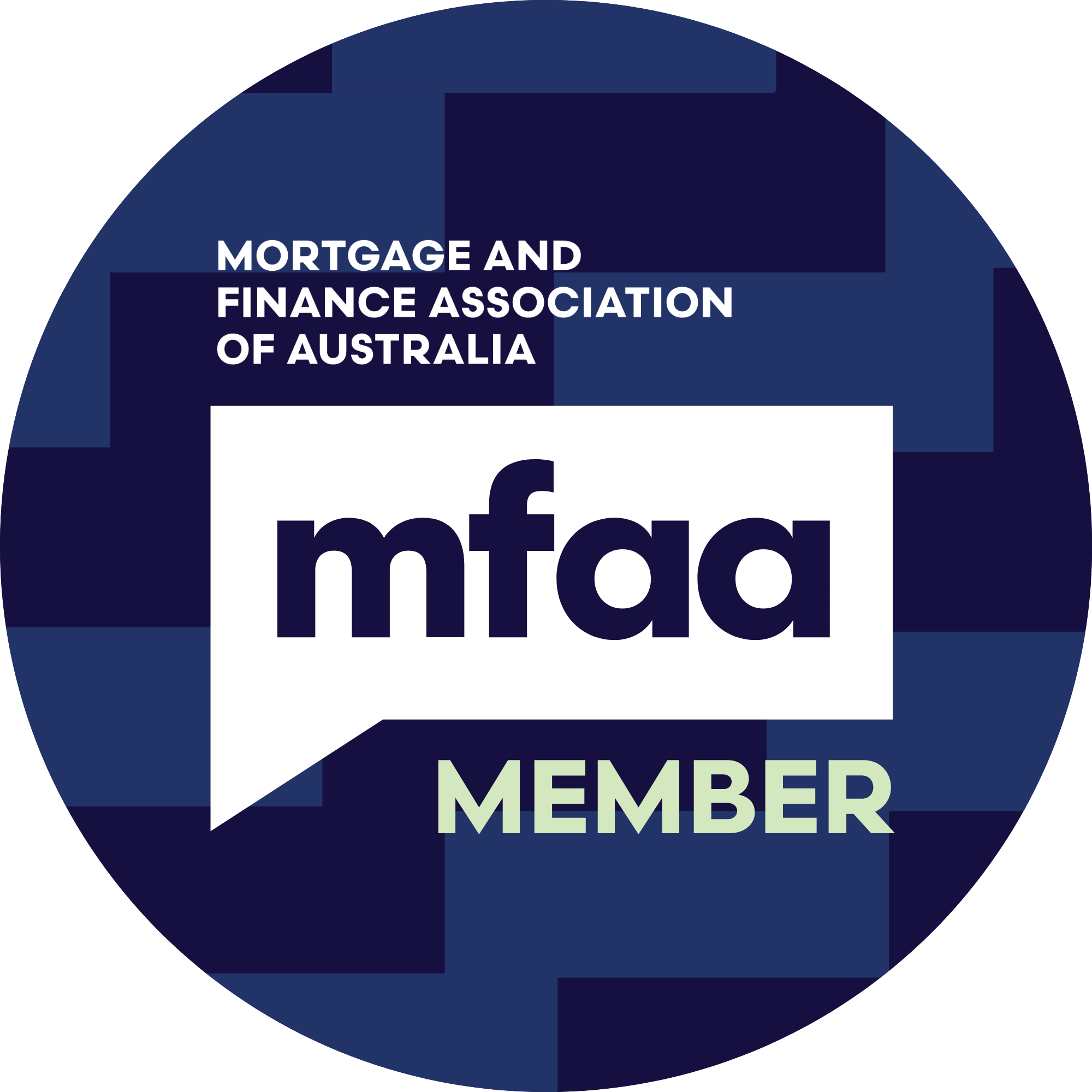I read with some amusement that our friends in government have realised that all the disclosure and "lets treat people like idiots" regulations that we now "enjoy" may in fact be very confusing to the average borrower. Lenders are now being told to explain things in simple English and in a manner that is clear, concise and easily understood. Let's call it a conversational style of communication like the bulletins we have been publishing for years. Given that it's not unusual for a borrower to receive, inclusive of the Product Disclosure Statements, upwards of 500 pages of information from a bank this seems like a step in the right direction. Of course, the challenge for lenders will be to communicate plainly, clearly and concisely while covering their bottoms from potential legal action. Sadly, some borrowers don't understand the concept of personal responsibility. When you are filling out the mind-numbing paperwork involved in the simplest of borrowing applications feel free to face the general direction of the inner city latte sippers and thank them for their advocacy and commitment to your "protection".

As it turns out we have always strived to ensure that our clients know what they are getting themselves into. In fact, I think we spend more time on education and financial counselling than actual finance broking. Given the regulator's call to make things clearer I thought it might be helpful to summarise the key points for consideration when you borrow money. I won't talk much about why you borrow money and what constitutes good and bad debt although I'll make the following observations. Negative gearing, is, of itself, a flawed strategy. No sane person sets out to spend $1 to save 30 cents if that's the end game! Borrowing for a depreciating asset likewise, unless you can claim a tax deduction, make money directly from the asset during its serviceable life or put the capital to better use. Spending tomorrows pay packet on consumer items via our many friends in the buy now, pay later game is a road to financial disaster and one step away from the pawn shop.
Anyway, let's move on. While far from a definitive list here's a bit of food for thought when borrowing money:
Why and at What Cost
Yes, always a good place to start. Why am I borrowing? We encourage borrowers to look at the use of debt from a whole cost perspective. That is, the cost of the asset being acquired, the purchase costs and the total interest costs over the proposed loan term. It always surprises me how few borrowers actually know what the likely total cost of borrowing for an asset is likely to be before they talk to us. Of course, there's more to the decision than simple maths. For example, security of tenure in your own home or business is a very powerful driver behind the vast majority of borrowing decisions in this country.
Loan Structure and Security
We've written before about lending structure and security. As always, we strongly recommend reviewing that information as part of any borrowing decision. You should always consult your accountant and lawyer as part of that process.
A word on asset protection. Your lender will want full recourse to the security you offer and to any borrower or guarantor. An asset holding structure designed to protect those assets in the event of legal action or insolvency will not generally protect you from a full recourse secured lender. Consult your lawyer if ever in doubt.
Principal and Interest v Interest Only
One of the first decisions borrowers need to make is the Principal and Interest versus Interest Only conundrum. This decision comes back to the Why question. If interest only is appealing, we encourage borrowers to know why. Remember, going interest only just to keep your monthly payment lower is, of itself, a flawed approach. There are good reasons to apply for interest only finance which we've previously written about. However, all things considered, for many borrowers amortising debt, and fast, makes very good sense. One strategy that seems to work well for our clients is variable rate interest only finance with a strategy of paying down debt and building an offset or redraw facility. In most cases this is a strategy tied to a variable rate loan which allows the borrower to essentially pay down debt, reduce interest costs and build a buffer for the management of any future unforeseen cash flow issues. The strategy also allows borrowers to have access to liquidity for immediate investment without the need to apply to the bank.
An important consideration for business borrowers is the loan term. Some lenders will approve a 15 year loan with, say, 3 years interest only. Others will simply approve a 3 year interest only loan. It is critical to understand that the 3 year loan term is just that, 3 years, after which all bets are off. Your facility expires and you need to re-apply for any extension. Obviously short loan terms carry refinance risk albeit the interest rate is usually lower to reflect the bank's shorter lending commitment.
In some rare instances term finance will be approved with what's known as a balloon end payment. Essentially the lender calculates repayments to ensure partial pay down of the debt with a lump sum (balloon) payment required at a future point to clear the debt. Such arrangements need to be approached with a greater degree of analysis than other forms of loan structuring. The obvious risk with this type of finance is that the borrower arrives at the balloon date, doesn't have the money to clear the debt and can't refinance the balance.
Costs, Working Capital and Contingencies
We encourage borrowers to undertake a detailed budget before committing to a transaction. It is not wise to enter into any debt obligation before understanding all the costs involved and where your liquidity position will be post settlement. This is particularly true of business borrowers where cash flow cycles and contingencies need to be understood to ensure no financial stress. As always, we recommend borrowers review their budget and consult their accountant. Remember, contingency and fall-back capital is there for the things we don't expect like, I dunno, a pandemic maybe!
In our view it's not a great idea to borrow money where every last cent goes into your equity and costs with no margin for error.
Debt Servicing and Personal Budgets
Perhaps the most topical post banking royal commission issue. Lenders do a number of things behind the scenes which all borrowers should consider. The first is that they stress test your ability to meet your commitments. That means that when we talk to you about your finance, we are applying those stress tests. These tests are simply a means of applying some "what if" scenarios to our analysis and observing the results. Firstly, we apply a higher interest rate to your debt service capacity. Typically, this means adding 2 to 3 percent to current rates and seeing if you can survive such a rate rise. Then we take the total loan term, deduct any interest only period, and see if you can meet your repayments over the balance term, at the higher rate. Lenders also discount many forms of income to reflect any volatility risk. For example, rental income is discounted to reflect vacancy risk while share dividend income is discounted to reflect any volatility in public company profitability.
Lenders treat all debt facilities as if they were fully drawn. In practical terms that means that even if you owe nothing on your credit cards, we must assess them as if fully drawn and on a monthly repayment. Same goes for advance payments on your loan accounts.
Borrowers are required to complete a personal budget reflecting living expenses and this budget, together with current and proposed debt service commitments, is used to arrive at debt service capacity.
If we think you are not likely to be able to meet your commitments or that your plans may place you under financial stress, we have an obligation to tell you so. This duty of care extends to declining to assist a borrower who insists on proceeding in the face of a clearly unacceptable debt service risk.
Variable v Fixed Rates
We encourage borrowers to consider all options. Of course, there are pros and cons to both rate types. Variable rate loans generally have no early payment penalties and allow borrowers to make additional repayments as they see fit. For borrowers who plan to pay down debt faster than their contracted repayment we think variable rate loans make good sense. Of course, the downside is that rates may rise and the variable rate borrower may be exposed. You could move from variable to fixed of course but often times the rate horse has bolted by the time the danger is apparent.
Fixed rates provide certainty and for many borrowers are simply a means to sleep better knowing their repayments are locked in for the term of the fixed rate. Beware, penalties often apply when paying down or paying out a fixed rate facility during the fixed term.
An option for borrowers is to split their facilities and take an each way bet with a part fixed, part variable structure. Look out for duplicated loan account fees when assessing this option!
Refinancing
It's important to note that some debt refinance transactions will attract exit fees and / or fixed interest rate and loan term break costs. If you are refinancing existing debt, you should seek a refinance payout quote from your existing mortgagee and consider if any increase in funding to cover refinance costs is required.
Changes in Circumstances
In these politically correct times, any discussion around changing circumstances must be treated with great caution. On the one hand common sense suggests that if a borrower is planning a material change in their lives that's worthy of some consideration. On the other hand, any discrimination on the basis of lifestyle choices could place a lender in very warm water indeed.
We encourage all borrowers to consider any anticipated change in their circumstances in terms of impact on income. Budget accordingly and if your future plans suggest financial jeopardy let's have that discussion.
Education
If there's one thing we would encourage borrowers to do above all else it's to understand concepts around money, budgeting and debt. Start with two simple spreadsheets. Have your assets and liabilities on one and your month-to-month budget and bills on the other. Have the discipline to keep both up to date. You'll be amazed how much better you'll sleep.
Remember, we are here to help, even if that means No.
Mike Phipps F Fin
Director | Phippsfin Pty Ltd






